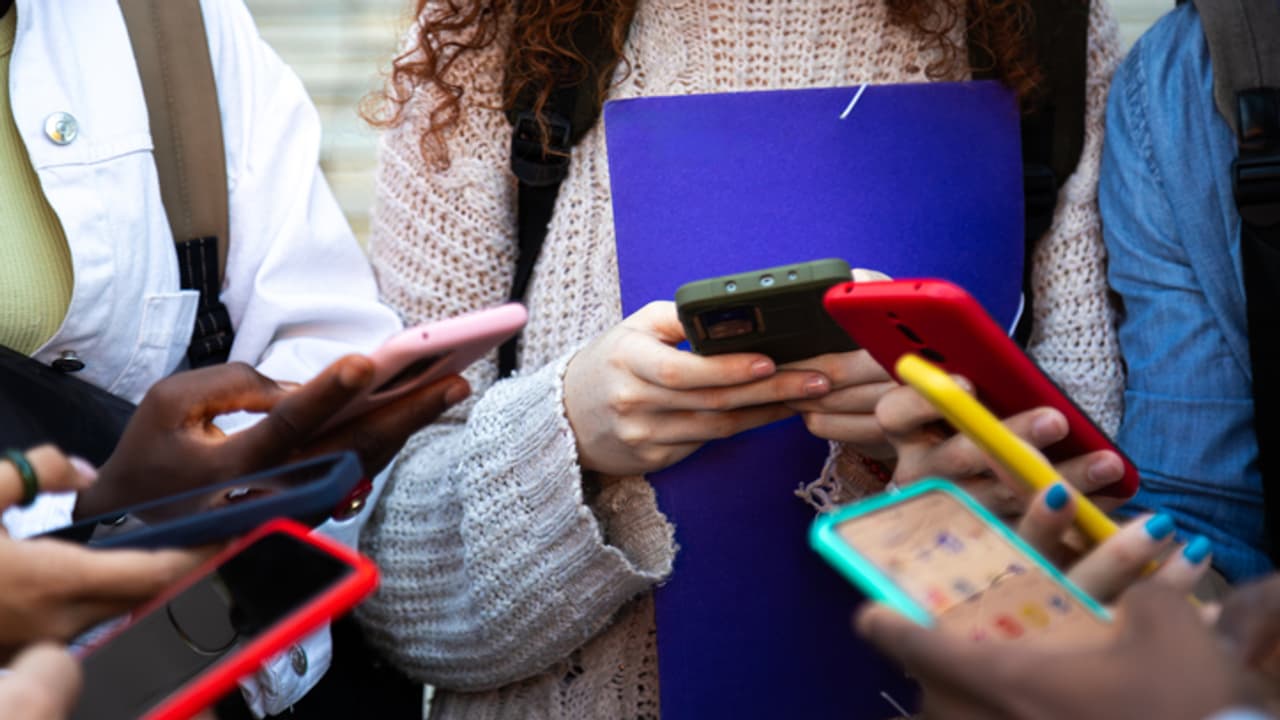By setting boundaries, replacing screens with enriching activities, and practicing mindful tech use, you can enjoy the benefits of a digital detox without feeling isolated.
Technology has become an essential part of our lives, helping us stay connected, informed, and entertained. However, excessive screen time can lead to fatigue, stress, and even impact mental health. A digital detox—reducing screen time in a balanced way—can help improve focus, productivity, and emotional well-being. The challenge is doing it without feeling isolated. Here’s how you can reduce screen time without losing connection with the world around you.

How to reduce screen time without feeling disconnected:
1. Understand Your Screen Time Habits
The first step to cutting back is knowing how much time you spend on your devices.
Track Your Usage – Many smartphones have built-in screen time trackers that show your daily and weekly usage.
Identify the Main Time Wasters – Social media, online shopping, or excessive scrolling often consume more time than necessary.
Set Realistic Goals – Aim for gradual reductions rather than cutting screens completely overnight.
2. Set Screen-Free Zones and Times
Creating boundaries helps establish healthier habits without feeling disconnected.
No Screens During Meals – Encourage mindful eating and better conversations.
Digital-Free Mornings and Nights – Avoid screens for the first and last hour of the day to improve sleep and mental clarity.
Tech-Free Social Gatherings – When spending time with loved ones, keep phones away to be fully present.
3. Use Technology Mindfully
Reducing screen time doesn’t mean abandoning technology—it means using it intentionally.
Schedule Time for Social Media – Set specific periods to check updates rather than scrolling throughout the day.
Turn Off Non-Essential Notifications – Reduce distractions from unnecessary alerts.
Limit Auto-Play Content – Disable autoplay features on streaming platforms to avoid binge-watching.
4. Replace Screen Time with Engaging Activities
Find alternative ways to entertain yourself and stay productive without relying on screens.
Read Physical Books – Shift from digital reading to paper books to reduce eye strain.
Engage in Outdoor Activities – Walking, exercising, or simply spending time in nature can improve well-being.
Try Hands-On Hobbies – Drawing, cooking, gardening, or playing an instrument keeps you engaged without digital distractions.
5. Stay Connected Without Digital Overload
You can stay socially engaged without spending excessive time online.
Prioritize Face-to-Face Conversations – Meet friends or family in person whenever possible.
Use Calls Instead of Endless Texts – A quick phone call can be more meaningful than extended texting.
Join Community Events or Groups – Participate in offline activities that align with your interests.
6. Designate Work and Leisure Time Separately
Separating work from personal screen use creates a healthier balance.
Avoid Mixing Work with Leisure Scrolling – Keep work-related tasks separate from entertainment.
Take Regular Breaks from Screens – Follow the 20-20-20 rule—every 20 minutes, look away for 20 seconds at something 20 feet away.
Use Paper Notes Instead of Digital Tools – Write things down to reduce dependency on digital devices.
7. Set Realistic Digital Detox Goals
A digital detox isn’t about complete disconnection—it’s about intentional usage.
Gradually Reduce Screen Time – Start small and adjust as you get comfortable.
Stay Flexible – If a digital tool helps you in positive ways, don’t eliminate it unnecessarily.
Focus on Quality, Not Quantity – It’s not about cutting screens entirely, but rather improving the way you use them.

